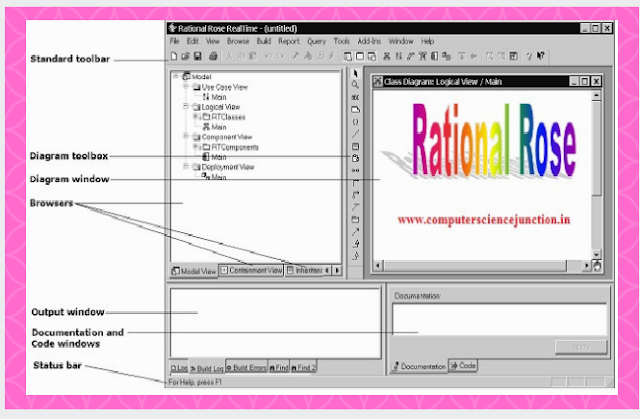
_large.png)
Kraut and Streeter emphasize the importance of the collaborative aspects and communication required in systems design. Forte and Norman highlight the importance of advanced CASE features, including collaborative tools, internal help systems and “advisors”, and prototyping capabilities. The value of CASE tools in traditional development methods has been debatable. The implementation of OO CASE tools implies that these products can serve as a facilitator for design specification, systems analysis, application documentation and interfacing, as well as programming support.
CASE RATIONAL ROSE SOFTWARE
Computer-Aided Software Engineering (CASE) tools have been created to facilitate software development. It is also critical for developers to standardize and share their designs with other developers. It is important that software designers properly identify business objectives and functions. For OO techniques to be successful, a systematic application of rigorous design methods is required. Proper design methodology becomes crucial when an organization attempts to spread benefits across multiple applications, or even across a large application involving many developers.
CASE RATIONAL ROSE FULL
One more element is needed to gain the full advantages of an OO approach. Part of this result is due to the recent introduction of the tools, the training time required, and installed base of older applications. However, few objects or classes are shared across applications.

Yes, the OO approach has proven to be a useful tool for creating programs that operate within modern graphical interfaces. In practice, researchers, have noted that the OO approach has not yet fulfilled its promise. Proponents of OOP suggest that when enough base classes have been created, application programmers should be able to develop new software with less effort. One of its main promises is the ability to create classes of reusable objects.

Object-oriented programming (OOP) is an important technique for developing software.


 0 kommentar(er)
0 kommentar(er)
